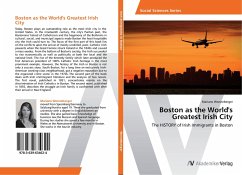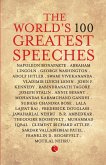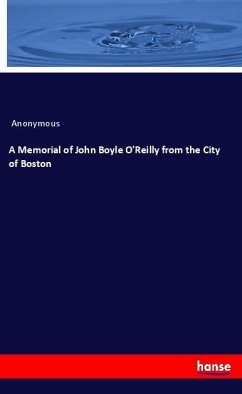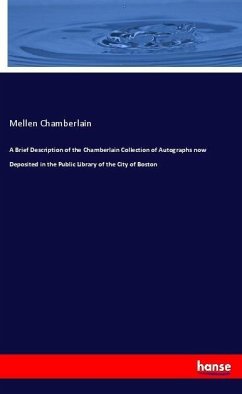Today, Boston plays an outstanding role as the most Irish city in the United States. In the nineteenth century, the city's Puritan past, the Bostonians' hatred of Catholicism and the hegemony of the Brahmins in cultural, social, and municipal aspects made Boston the least hospitable city the Irish could turn to. The focus of the first part of this book lies on the conflicts upon the arrival of mostly unskilled, poor, Catholic Irish peasants when the Great Famine struck Ireland in the 1840s and caused a mass exodus. From the bottom of Boston's society, the Irish succeeded to rise economically as well as politically at both the local and the national level. The rise of the Kennedy family which later produced the first American president of 100% Catholic Irish heritage is the most prominent example. However, the history of the Irish in Boston is not only a success story. South Boston, for a long time an exclusively Irish-American working-class neighborhood, got a negative reputationdue to the organized crime scene in the 1970s. The second part of the book deals with Irish immmigrant literature and the analysis of two novels. The first novel, published in 1851, concentrates mainly on the discrimination of Irish Catholics in Boston. The second novel, published in 1855, describes the struggle an Irish family is confronted with after their arrival in New England.
Bitte wählen Sie Ihr Anliegen aus.
Rechnungen
Retourenschein anfordern
Bestellstatus
Storno








